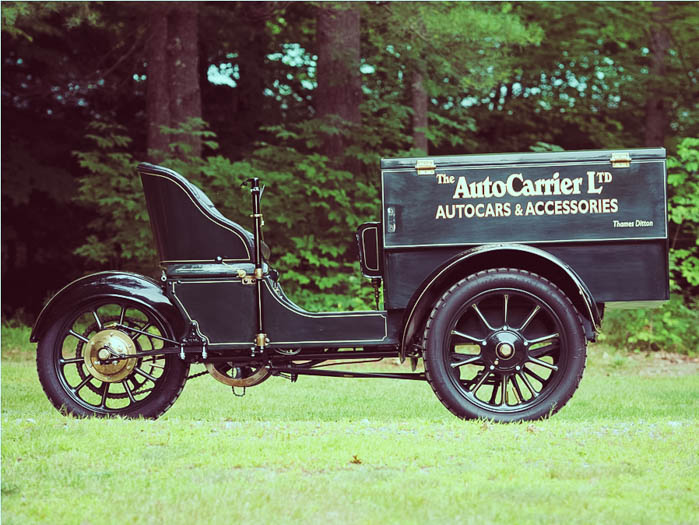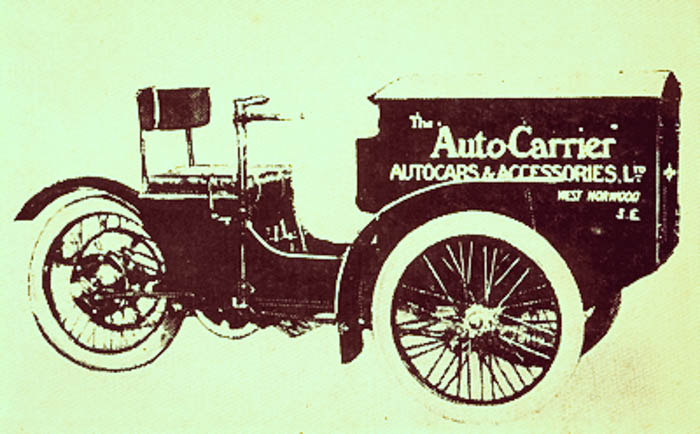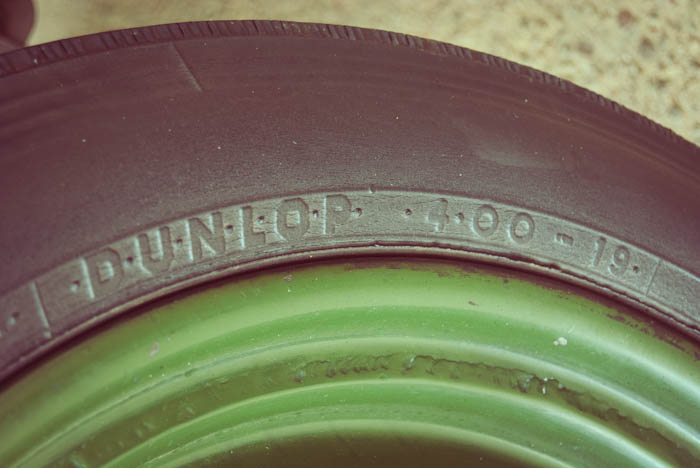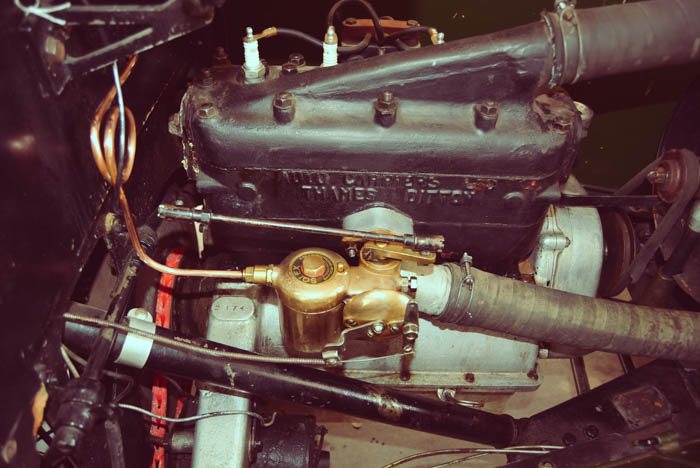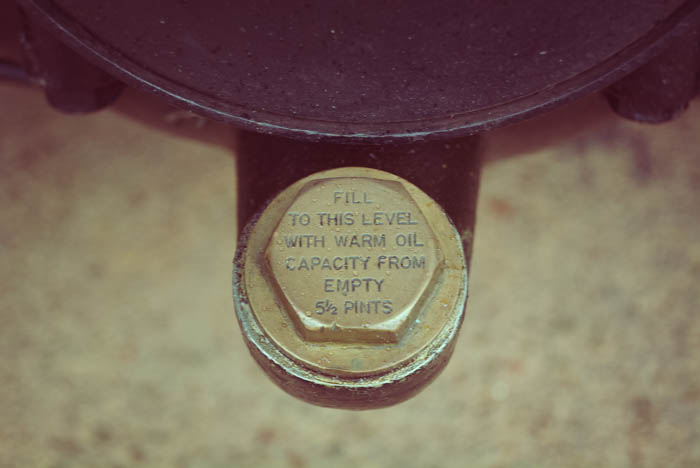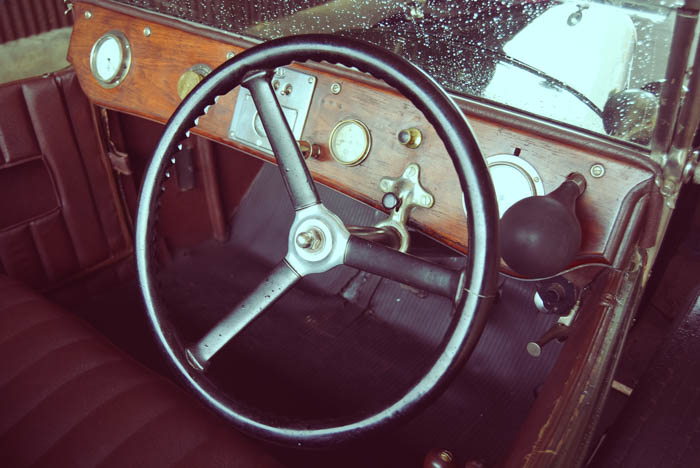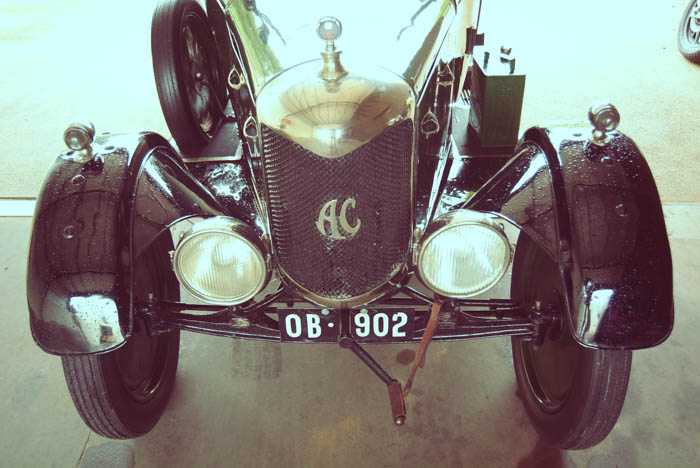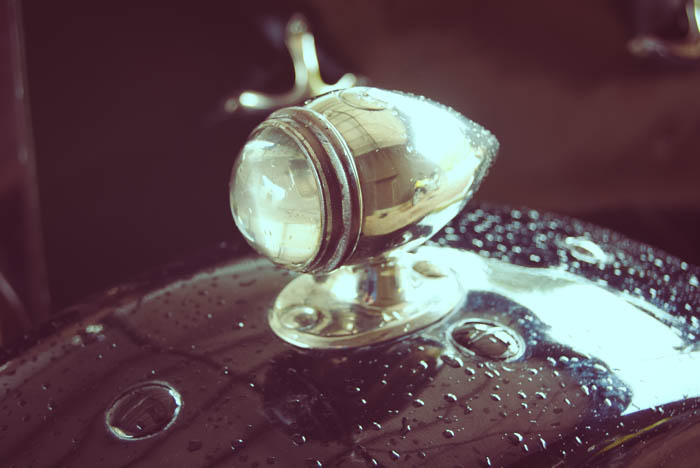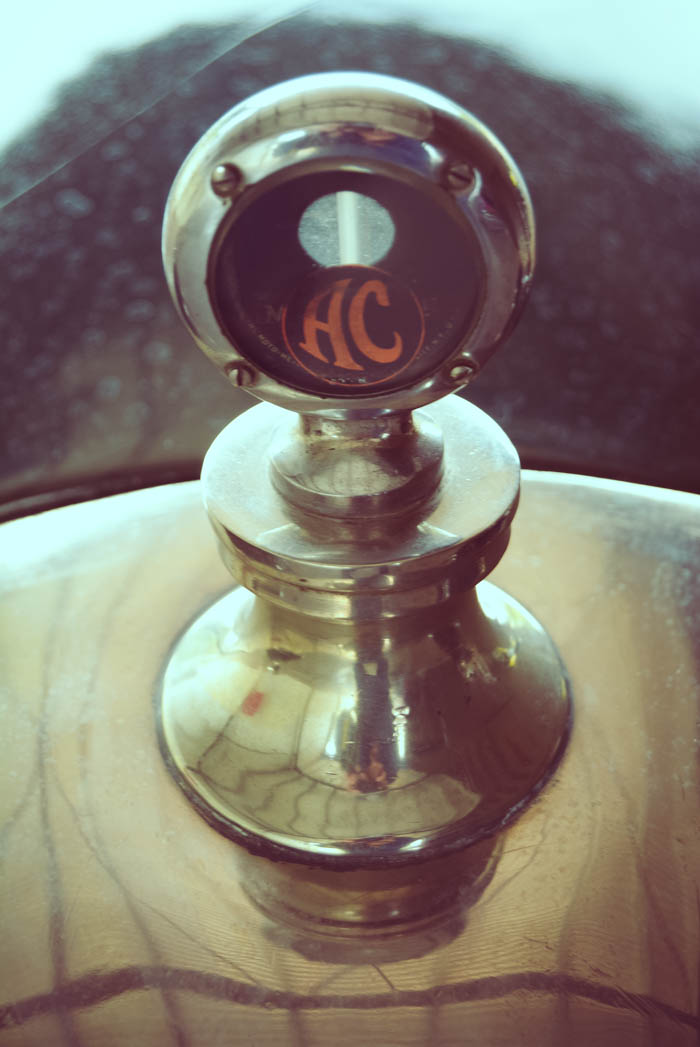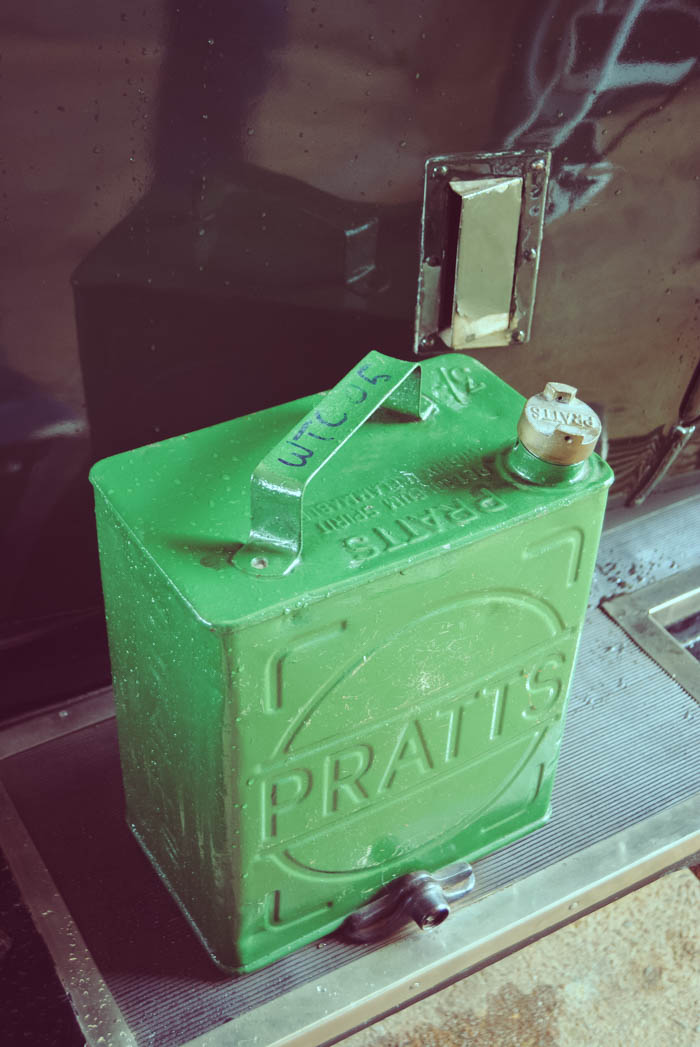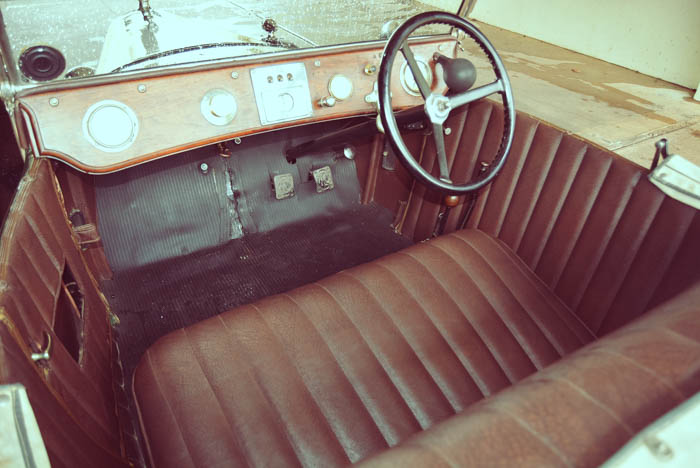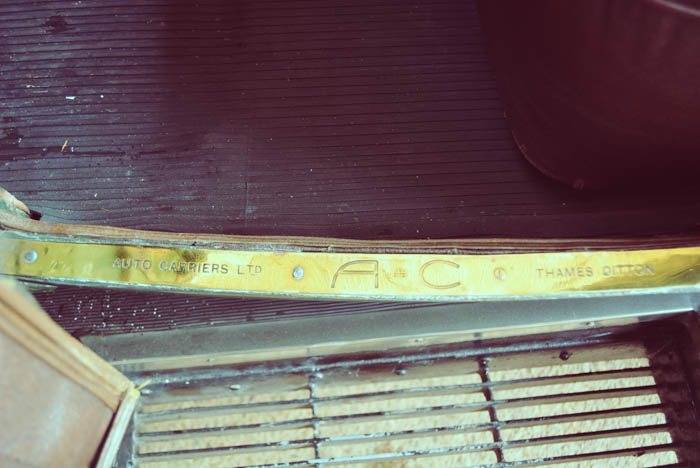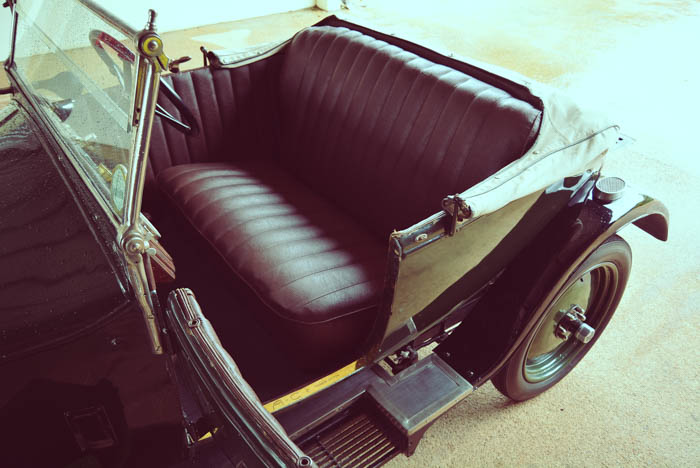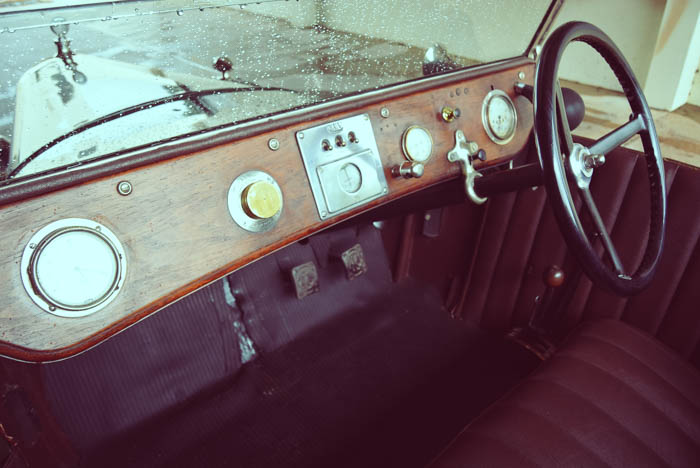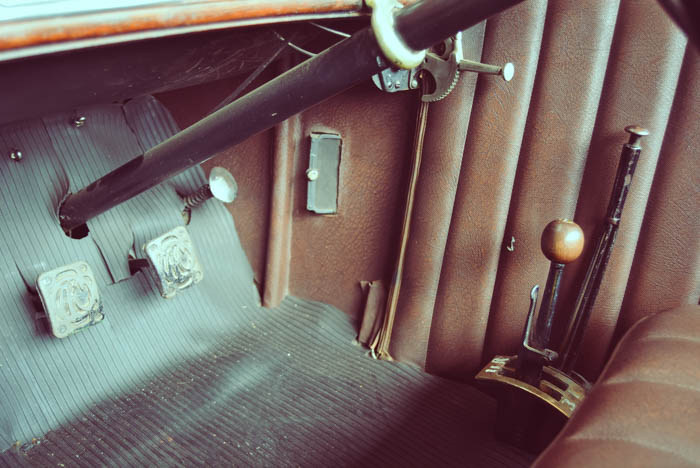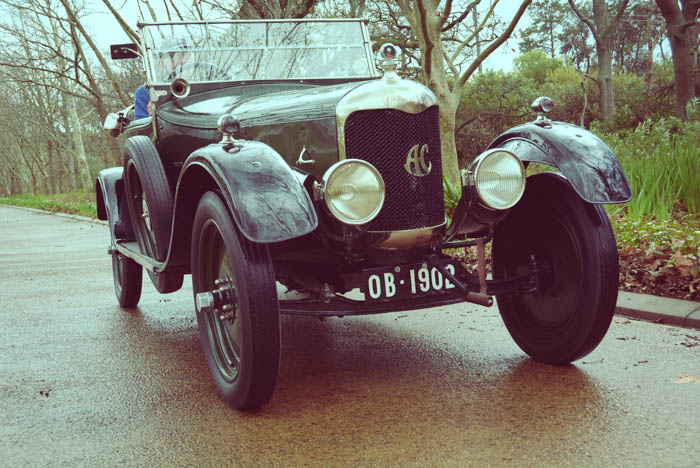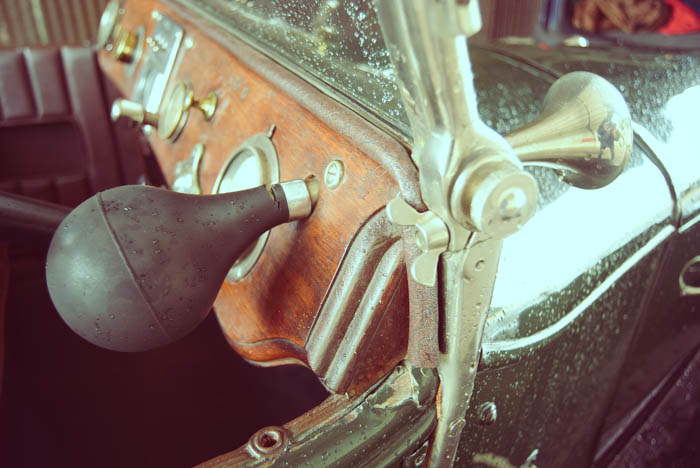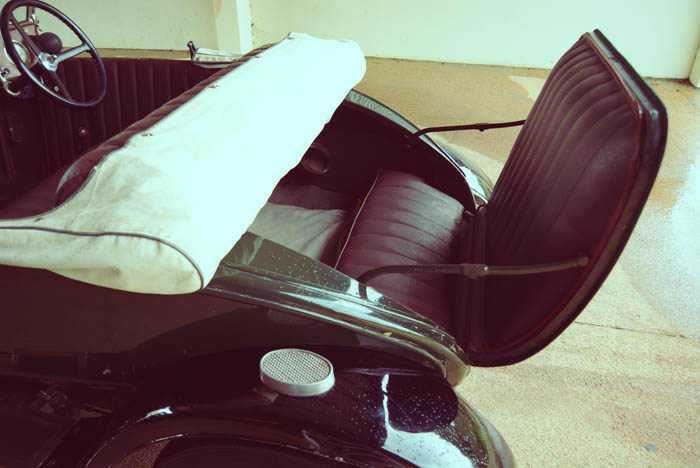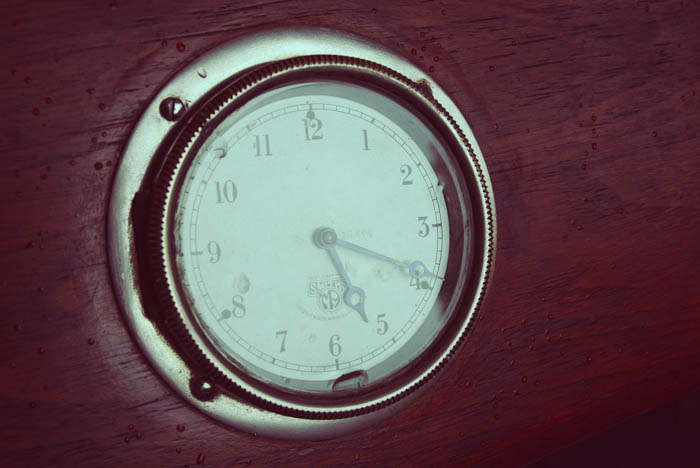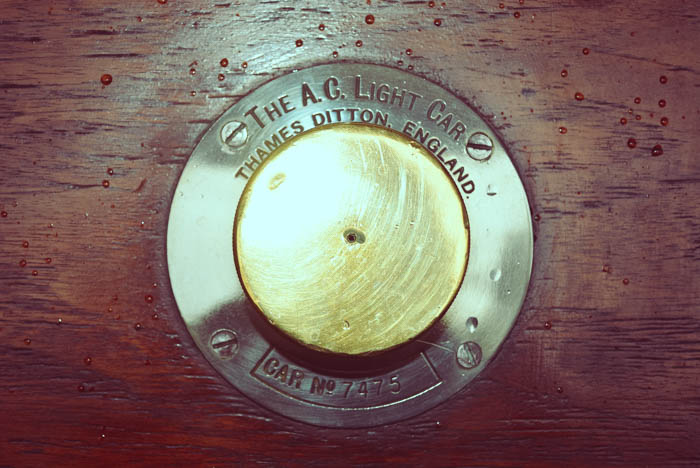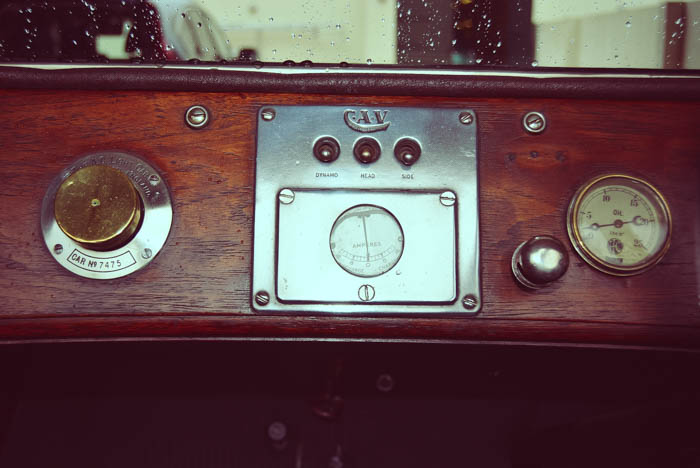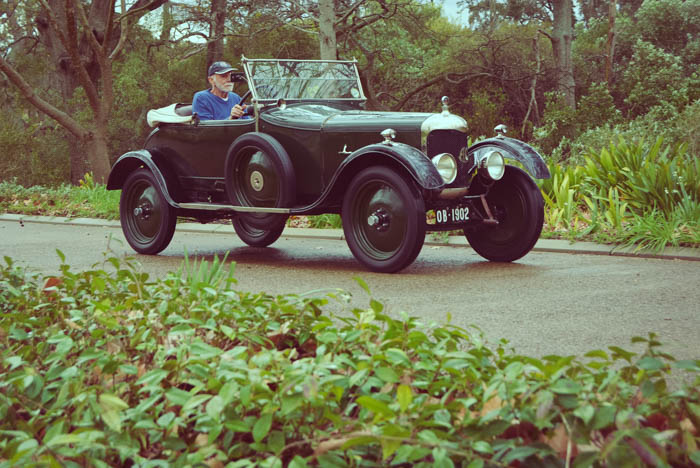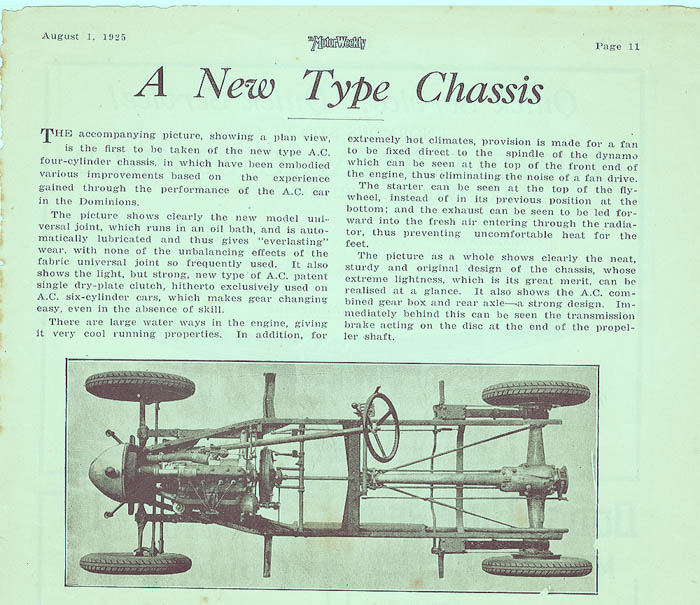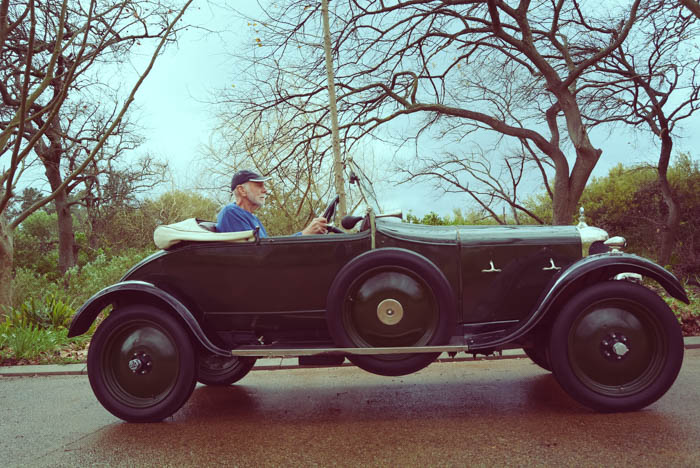
25 Sep Collection in action: AC Royal Model 12
Not quite as old as the Triumph, we continue the veteran and vintage theme with a drive in an AC that has nothing to do with snakes…
The origins of AC began in 1901 when John Weller set up a small workshop in West Norwood, London to support his passion for building cars. Weller was financed by a wealthy businessman, a butcher, named John Portwine and in 1903 the first car was produced. It was unveiled at Britain’s first SMMT motor show held at the Crystal Palace from 30 January to 7 February 1903, and was offered with 8, 10, 15 and 20 horsepower-rated engines. The Car dated 11 February stated, “A 20 hp car built by Weller Brothers Ltd struck perhaps the only dominant note of all-round originality to be found in the exhibition. It contains many features of new and exceptional interest, and displays a number of leading characteristics which augur well for its future success”.
However, Portwine apparently thought the car would be too expensive to produce and encouraged Weller to design and produce a little delivery three-wheeler. Weller obliged, called it the Autocarrier and a new company was established and named Autocars and Accessories Ltd. Then in 1907 a passenger version – it had a seat in place of a cargo box – was introduced, called the Sociable, and due to the increase in orders, the company relocated to the old river-bank Ferry Works in Thames Ditton, just outside London, where production continued up to the outbreak of WWI in 1914. A year earlier, the company launched the 10 hp Elite Tourer. Dubbed ‘the Rolls-Royce of light cars’, but due to the war only a few were built. It was during the war, 1915 in fact, that a new company was formed called Auto Carriers Limited and the name first abbreviated to AC. Auto Carriers purchased Autocars and Accessories Ltd and kept Weller and Portwine as directors.
Immediately post-war, a new 10 hp four-cylinder model was introduced with a 1 327 cm3 Anzani engine, accompanied by a 12 hp model with a bored-out 1 496 cm3 motor. These two powerplants were to be the last four-cylinder engines used by AC as subsequent models were to benefit from Weller’s famous six-cylinder overhead-cam engine that was in use from 1919 to 1963. But the 1,5-litre four was not to be ignored…
Designed by former Rolls-Royce employee Gustave Maclure, the Anzani was the product of everything he had learnt at Rolls-Royce. It was a superb design, strong, light, reliable and tuneable. Proving the point, a motor was tweaked to 48 kW and installed in a special single-seater AC in which J A Joyce covered 104,85 miles (168,7 km) in one hour at the Brooklands course in December 1922, the first light car to achieve such a feat. The cars were successful in motor sport, particularly hillclimbs and trials.
AC opened new offices in Regent Street, London and the board of directors was joined by a famous English racing driver Selwyn Francis (‘SF’) Edge, who in 1922 became chairman of a newly-formed company AC Cars Ltd after Weller and Portwine resigned through ‘irreconcilable differences’.
And it was in 1922 that the Franschhoek Motor Museum’s AC Model 12 featured here was manufactured. The car was formerly part of the Greyvensteyn collection and was purchased by Waldie in 1954 when it arrived at the Greyvensteyn garage in Brandfort in need of some running repairs. It was being driven by a young couple from the Reef to Cape Town but the ever astute Waldie must have realised the car’s potential and negotiated a deal to buy the car. Later in the year, Waldie drove the car in the second national Veteran and Vintage Rally. Typically, the car was well maintained and won the concours d’elegance award in its class during the 1979 Castrol National Vintage Car rally.
Waldie went to some lengths to establish the car’s exact year of manufacture, which was not as straightforward as one might expect. Chassis numbers and rear axle codes appear to have been the determining factors and correspondence between Waldie and the AC Owners’ Club in Britain established the car, chassis number 7475, as having being first registered on 19 August 1922. Apart from having only a single door, the axle code and having six wheel nuts identifies this car as an Empire model, rather than the slightly more upmarket Royal, and in 1966 only 10 Empire models were known to exist. Model 12s were built from 1918 to 1928, so this car is a rare example. With a surprisingly roomy dickey seat, this tourer qualifies as a 2+2.
Taking a chance on a break in some inclement Cape winter weather, with hood folded away it was time to take a drive in this interesting car. Entering by the single, passenger-side door and sliding across the leather bench seat, the cockpit is spacious. The simple three-spoke steering wheel is nicely angled, and the pedals are conventionally laid out. Controls and instruments are randomly laid out across the wooden dashboard. A handbrake stands vertically next to the side panel, and alongside is the gear lever nestling in a stout, back-to-front ‘H’ gate – first and reverse are to the right, second and third to the left. Depress the floor-mounted starter button and the Anzani four springs into life without much ado. Engage first and off we go with an ease not always typical of cars of this period. Second gear soon gets the AC up to speed and is the key ratio because there is quite a big jump to top gear.
With a 2 692 mm wheelbase and suspended on quarter-elliptics all round, the ride is impressive. Rolling on disc wheels shod with 4.00-19-inch Dunlops, it feels quicker than it is actually going and travelling al fresco merely adds to the sensation. Steering, clutch, gears, brakes are all light in operation so in relative terms the AC is not a tiring car to drive, although with only drum brakes on the rear wheels, retardation needs some forethought.
Just as I was getting into the spirit of the occasion, the clouds hanging over the Franschhoek Mountains opened up to put a damper on the frivolity, necessitating a run for cover, but not before I had experienced the joys of vintage motoring. A hand-operated windscreen wiper about the size of a finger is more ornament than use, but for all that this car certainly fits the bill.
In 1927 SF Edge bought the company outright and re-registered it as AC (Acédès) Ltd but sales, which had been falling, continued to decline, and in 1929 the company was caught by the Wall Street Crash and went into voluntary liquidation. Production ceased and the company was sold to the Hurlock haulage business. The Hurlocks allowed the service side of AC to continue and later agreed to limited production mainly using components left over from previous models. Agreement was reached with Standard to supply chassis and in 1932 a new range of cars was launched. Production remained on a small scale until the outbreak of war in 1939, and restarted in 1947. AC became a public company in 1951 and in 1953 the firm began production of the Ace, designed by John Tojeiro. The Ace was to form the basis for the Shelby Cobra, but AC, one of the oldest independent car brands in Britain, never rose to industry heights again.
